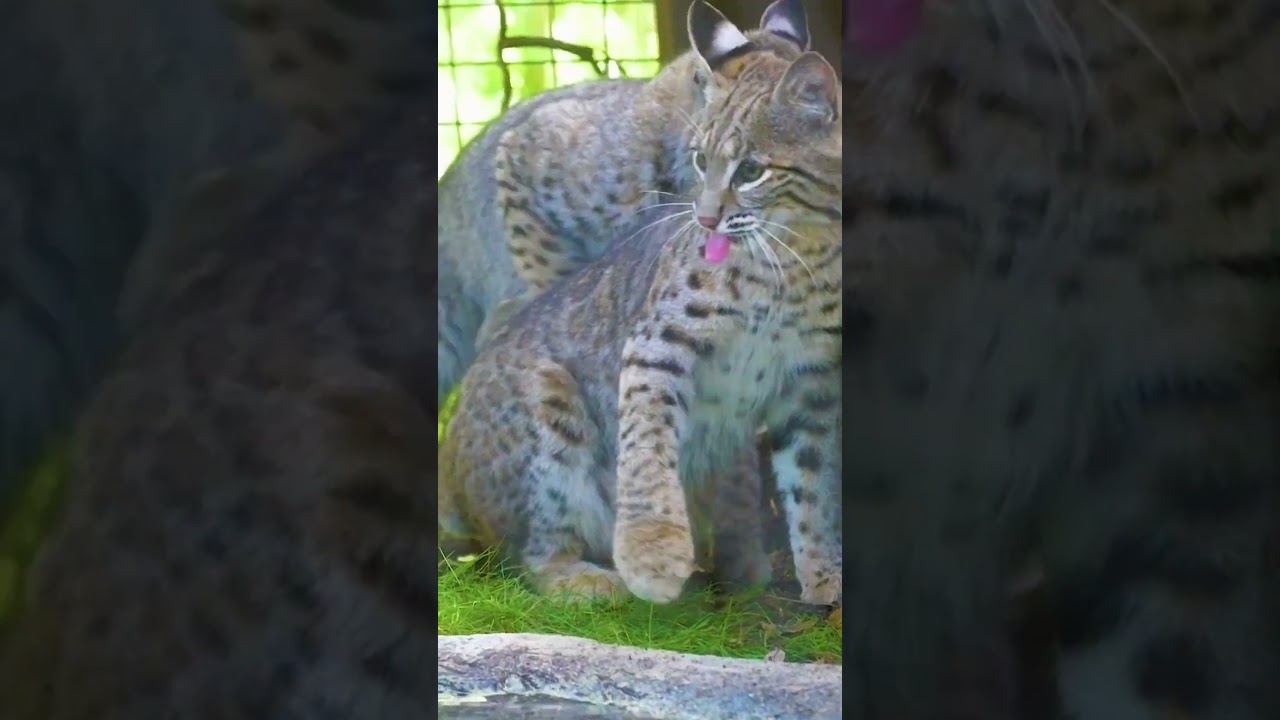– Introduction to the Louisiana Swamp exhibit and its significance in wildlife conservation
– The role of zoos in educating the public about native wildlife and ecosystems
– Details about the bobcat kittens and their habitat requirements
– The importance of habitat simulation in zoo exhibits for animal welfare
– Conservation efforts for bobcats and how the public can contribute
The Louisiana Swamp exhibit has recently become the new home for two adorable bobcat kittens. These charismatic creatures capture visitors with their playful antics and contribute significantly to wildlife education and conservation efforts. This exhibit serves as a sanctuary for these charismatic creatures. It plays a pivotal role in fostering a connection between the public and native wildlife, underscoring the importance of protecting natural habitats and biodiversity.
Zoos today go beyond merely showcasing animals; they are dynamic institutions at the forefront of conservation, education, and research. The inclusion of native species like bobcat kittens in zoo exhibitions is critical. It educates visitors about the flora and fauna of their regions, highlighting the intricate ecosystems that sustain this wildlife. By presenting bobcats in a setting that mirrors their natural habitat, zoos encourage a deeper appreciation and concern for these animals and their roles in maintaining ecological balance.
With their striking appearance and spirited behavior, bobcat kittens are particularly effective ambassadors for environmental advocacy. Born in captivity or rehabilitated, these animals require specialized care to thrive. Their exhibit needs to replicate the various elements of their natural environment, from vegetation and terrain to prey availability, to foster natural behaviors and ensure their well-being. This attention to habitat simulation is crucial for the animal’s physical health, mental stimulation, and overall quality of life.
The Louisiana Swamp exhibit’s design considers every aspect of the bobcats’ needs. It includes ample space for exploration, climbing structures that mimic trees, and secluded areas for resting. Such designs are informed by a comprehensive understanding of the bobcat’s natural history and behaviors, including their solitary nature and territorial instincts. This level of detail in exhibit design underscores the shift in zoo management towards more ethical, science-based practices that prioritize animal welfare.
Beyond the immediate benefits to the bobcats and zoo visitors, the presence of these kittens in the exhibit serves a larger purpose in conservation efforts. Though currently not endangered, Bobcats face threats from habitat destruction and fragmentation, hunting, and road accidents. By raising awareness about these issues, zoos play a crucial role in mobilizing public support for wildlife protection initiatives. Education programs, often accompanying exhibits like the Louisiana Swamp, inform visitors about the challenges wild bobcats face and what actions they can take to help conserve their habitats.
Moreover, zoos engage in and support conservation research, breeding programs, and rehabilitation efforts that have direct positive impacts on wild populations. The story of the bobcat kittens can inspire individuals to participate in or support conservation activities, from habitat restoration projects to advocacy for wildlife-friendly policies.
Finally, introducing the bobcat kittens into the Louisiana Swamp exhibit highlights the importance of community engagement in conservation. By visiting the exhibit, people learn about bobcats and their ecosystems and contribute to the financial support of zoo operations and conservation projects. Additionally, social media and other digital platforms extend the reach of these educational messages, enabling a broader audience to learn about bobcats, the challenges they face, and how to contribute to their preservation.
Each visit to the Louisiana Swamp exhibit offers an opportunity to witness the beauty and complexity of native wildlife, fostering a connection that can inspire action for their protection. Through careful exhibit design, educational outreach, and a focus on conservation, zoos hosting these bobcat kittens serve as crucial bridges between humans and the natural world, encouraging stewardship of our shared planet for generations to come.
*****
Source Description
Meet male bobcat kittens Chinchuba and Creole who came to Audubon Zoo from the Wildlife Care of Southern California rehabilitation center. 😻


